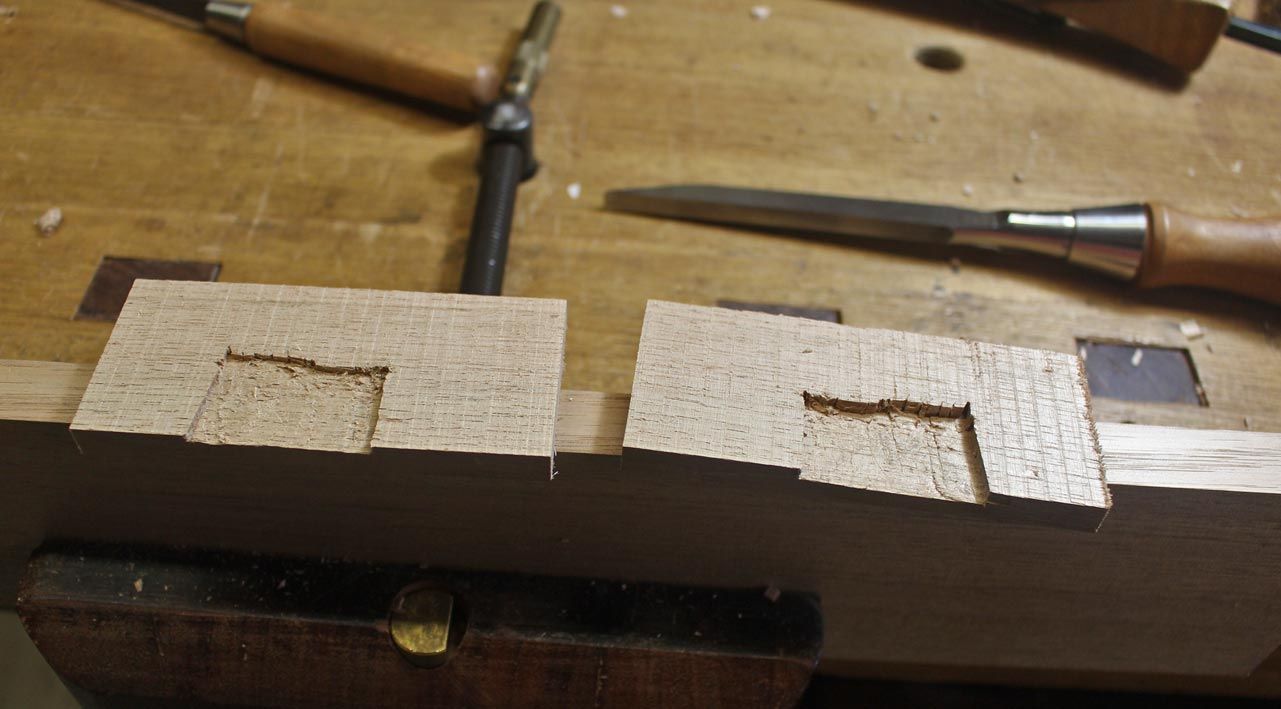I'm trying not to use any noisy power tools in my apartment where I learn how to build furniture and such from wood. I mostly use quiet hand tools. One of the most used joints in my projects thus far is mortise and tenon joint.
At the moment I'm good enough with making smooth and precise tenons using wide chisel and route plane. But with mortises I struggle much more. And the result is somewhat hairy mortise wall that is not 90 degree to the face.
How smooth it has to be with the modern glues? Or is it simply irrelevant because of other reasons?





 Reply With Quote
Reply With Quote







